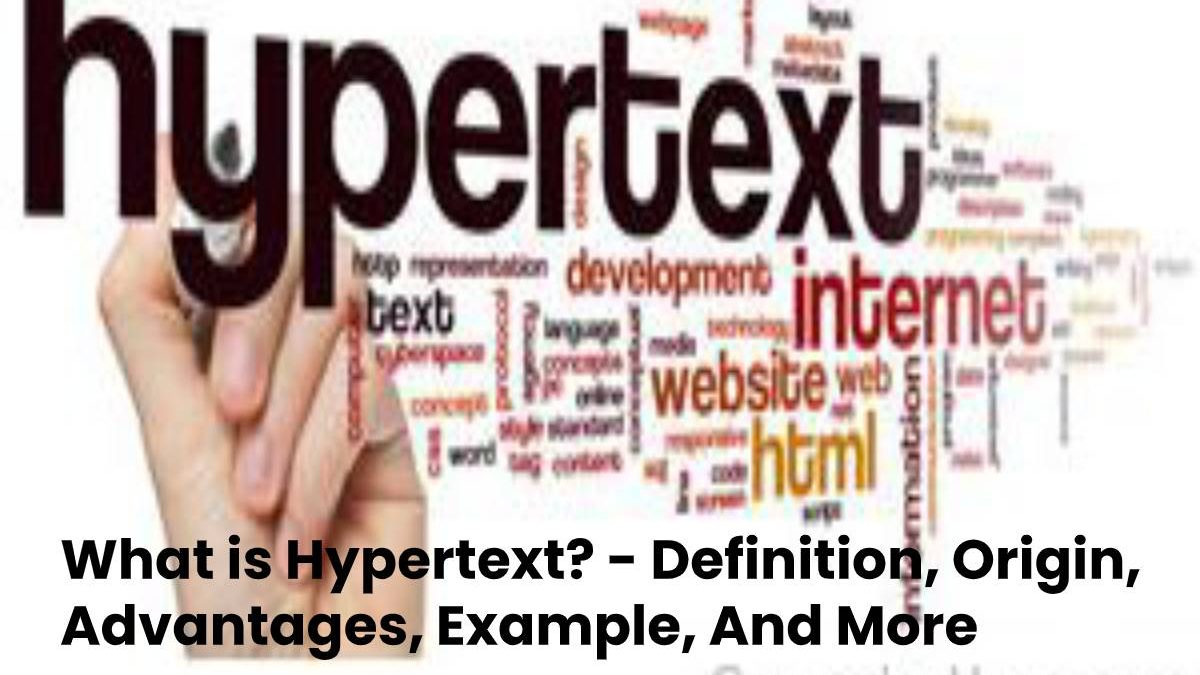Table of Contents
Definition Hypertext
Hypertext appears on a computer display or other electronic devices with references to other text that the reader can immediately access. Hypertext documents get interconnected by hyperlinks and can be activated by a mouse click, keypress set, or by touching the screen.
[Hypertext] refers to the system that allows fragments of texts linked to each other. Which allows the user to access information through related items instead of sequentially.
Origin
The hypertext concept was created in the 1960s by the American philosopher and sociologist Theodor Holm Nelson to designate the new non-linear and interactive reading that emerged with computing and the emergence of the internet.
To carry out the hypertext process, the World Wide Web (www) used the HTTP protocol, which consists of a communication protocol between information systems that allows the transfer of dice between computer networks to link HTML pages or web pages and multimedia files.
Advantages
We can observe a significant difference in reading to printed books since, in them, reading is done sequentially from the beginning to the end. In the case of hypertexts, users can do it in a non-linear way; that is, they can visualize the information without a sequence but following their interests in their search or concept.
From the appearance of computers, the texts acquired a new interactive dynamic according to the speed of the information currently received. Being advantageous for the area of education for facilitating understanding and presenting a type of dynamic and interactive narrative.
Example of Hypertext
An example of hypertext is internet articles, which in the body of the text present various links or hypertext links in the words or topics that are related to the primary or developing topic. Allowing the reader to have reading more active and choosing the information you prefer to access. We can also mention dictionaries, encyclopedias, among others.
Literature theorists say that the use of hypertexts can go beyond digital media. Since the author offers a non-sequential reading, with links from other stories, excerpts from other authors, etc. For example, Hopscotch of Julio Cortázar.
Hypertext and Hypermedia
Theodor Holm Nelson created the concept of hypermedia and is related to the definition of hypertext. Since it corresponds to the fusion of non-sequential and interactive elements. For some scholars, hypertext is a type of hypermedia with the difference that the first one only includes texts.
In contrast, the second one presents images, videos, audio, graphics. For example, social networks, blogs, computer products such as PowerPoint or flash. And it is worth noting the first system related to the Aspen Movie Map hypermedia.

